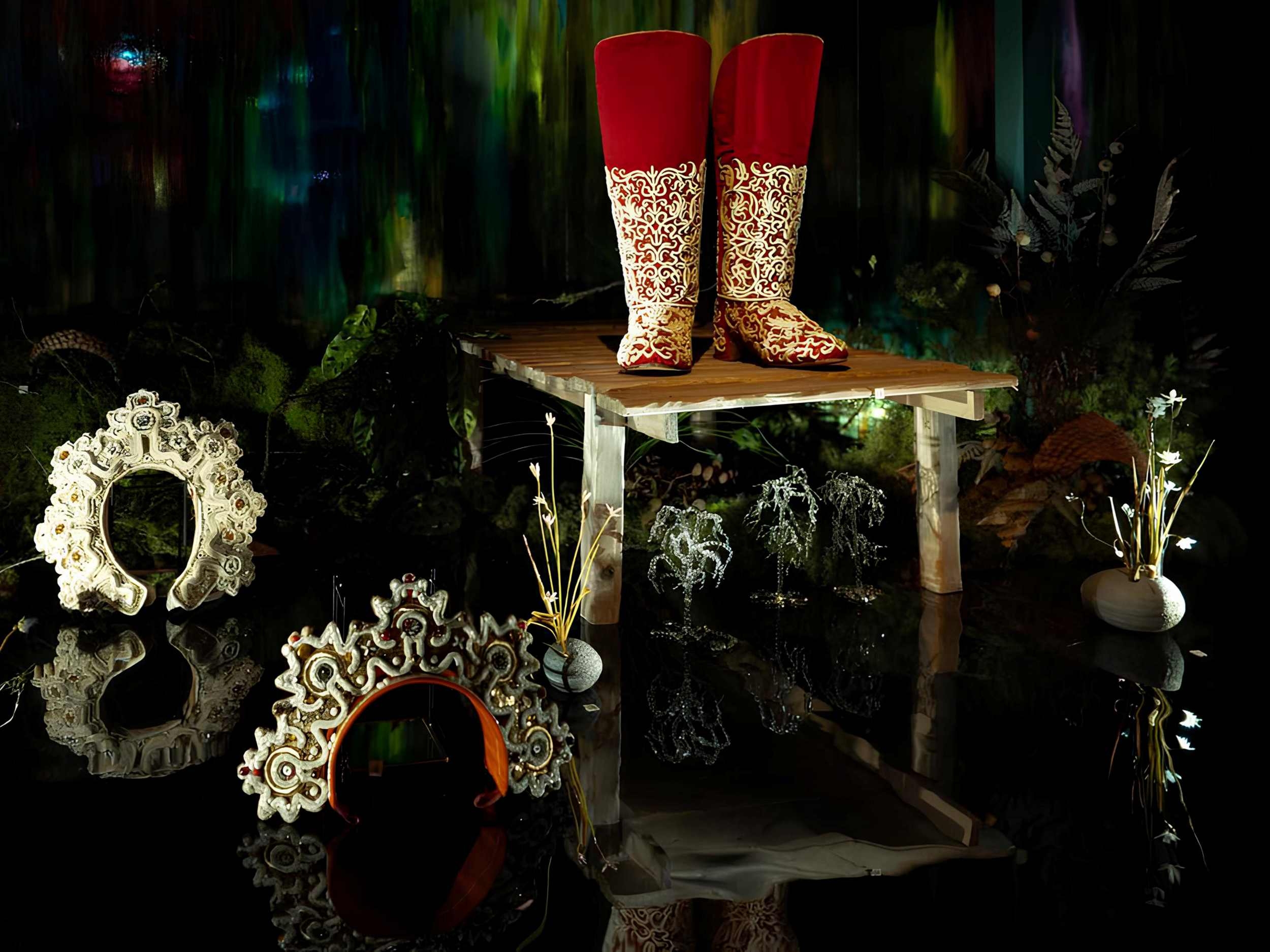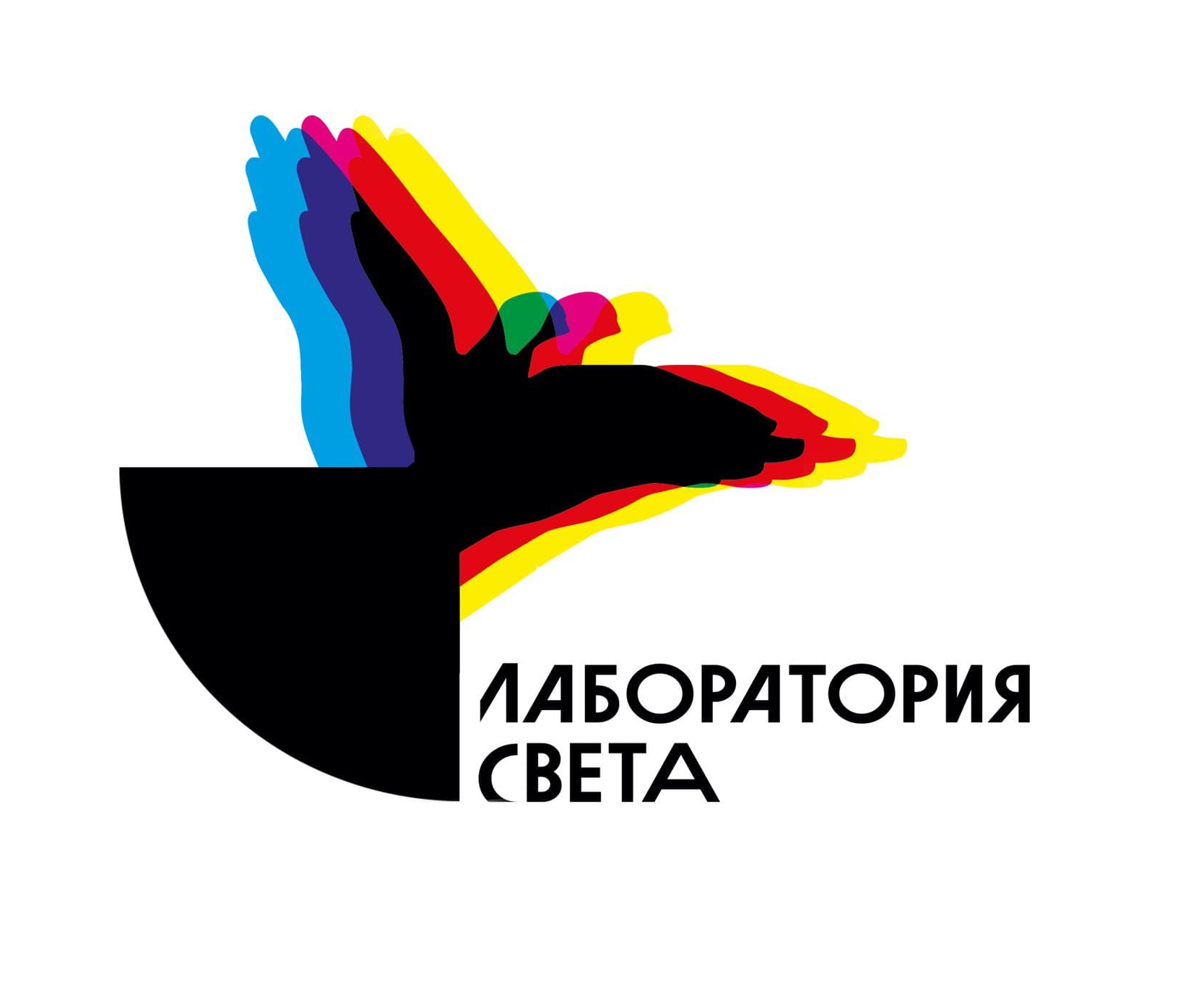Prize(s) Honorable Mentions
Lighting Design/Product Company Laboratoria Sveta
Lead Designers Anastasiia Prikhodko
Other Designer's names Sergei Kovalenko
Architecture Company Elena Prikhodko
Client Autonomous Nonprofit Organization for the Development of Contemporary Russian Art
Photo Credits Vasily Bulanov
Other Credits Natalia Ustitskaya, Liana Kaznovskaya
Completion Date March 4th, 2025
Project Location State Historical Museum, Moscow, Russia
Entry DescriptionThe exhibition "Svoyasy. The Path of Contemporary Russian Art" at the State Historical Museum is a search for the roots of nationalhood. Who are we? What unites us? 79 contemporary artists working in various styles (from land art to jewelry) attempted to answer these questions through their work.
The central Makosh art object (a symbol of the Slavic fertility goddess) is surrounded by several thematic zones. Each one embodies different concept and meaningful part of Slavic culture.
Individual contemplation, semi-darkness, and philosophical space lay the fundamentals of our design. The goal of the artistic lighting was to evoke specific feelings and images in visitors associated with the theme of each zone. For example, we tried to express “girlish laughter”, “divine silence”, and “mystery” with light. We also sought to unite works that are different in style, character, and materials into a single artistic space.
Visual navigation is built on contrasts. The red sculpture of Makosh on the welcoming side is flooded with light, while on the opposite side it appears as a dark silhouette with contrasting shadows on the floor. Visual connections link the sculpture and all the objects in the exhibition space.
We added reflections on the ceiling as an additional tool for navigation and sensuality.
Optical effects were tailored individually for each exhibit.
Sustainability ApproachWhile creating concept for the space, we went with a ‘contrast’ approach: highlighting the essentials from the darkness, leaving reflected rays for navigation. This helped to reduce the indirect light output and led to significant drop in energy consumption.
All luminaires equipped with power regulators, which allowed us to adjust the artistic lighting of the space accurately and also helped to reduce energy consumption. Overall, we achieved high energy efficiency ratings without compromising the artistic and architectural image.
Several factors contributed to the cycle approach: at early stage it was clear that we had to rely on the existing museum equipment and have no option to add new one. So we resorted to fine-tuning existing luminaries with light-correcting filters. Several lamps were repaired and reassembled to serve their new term.


